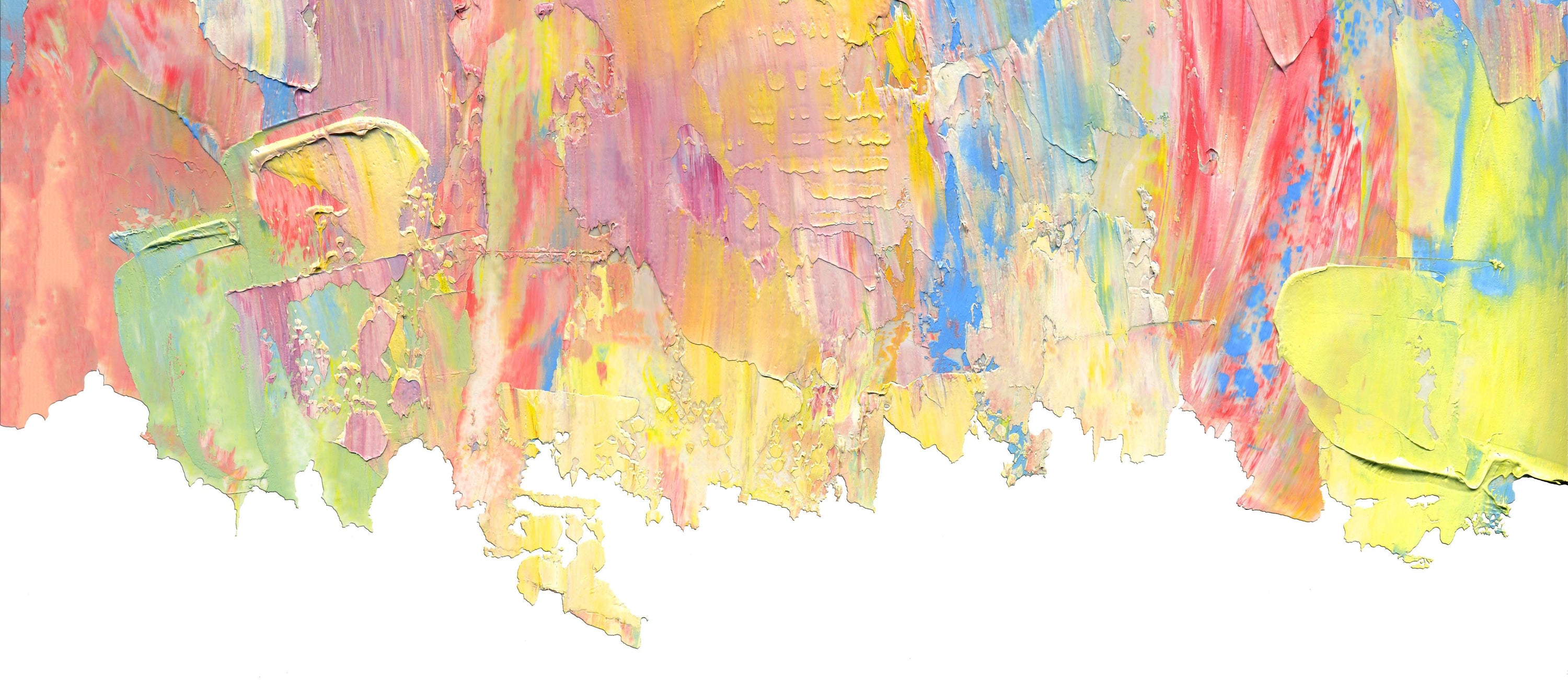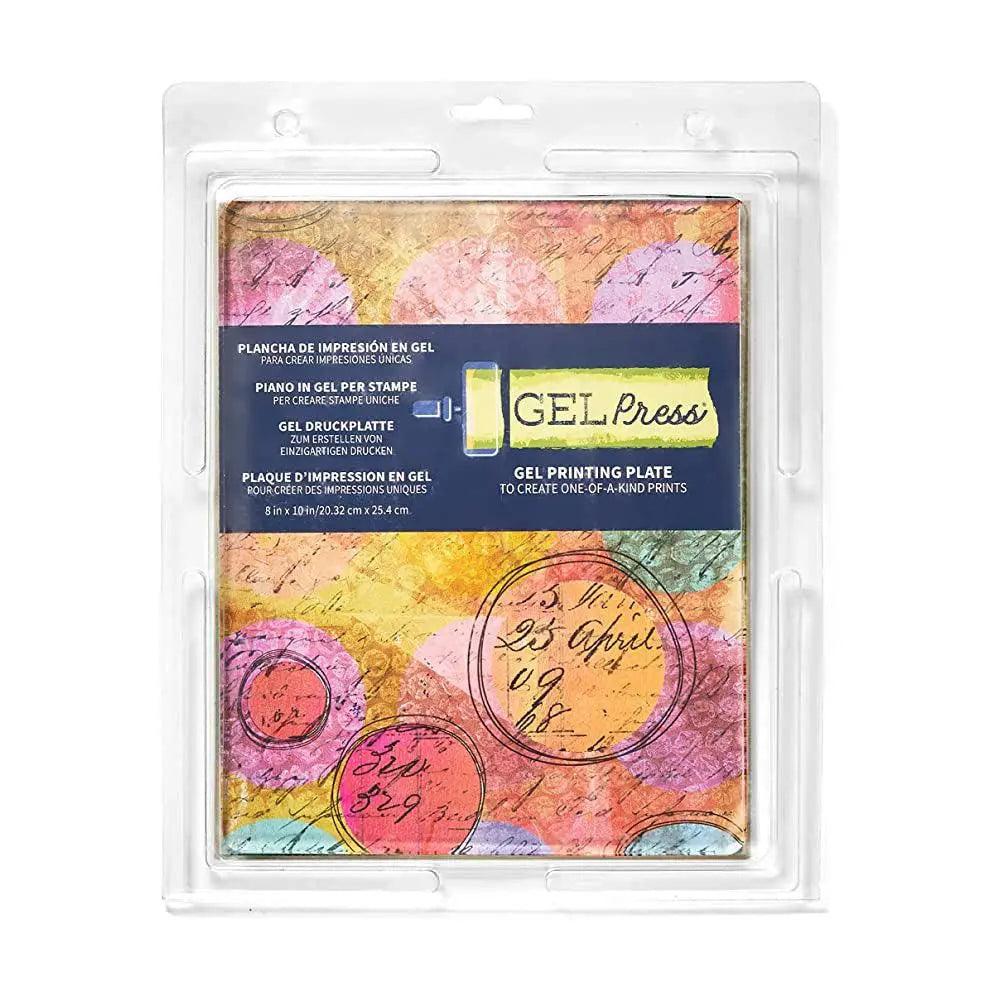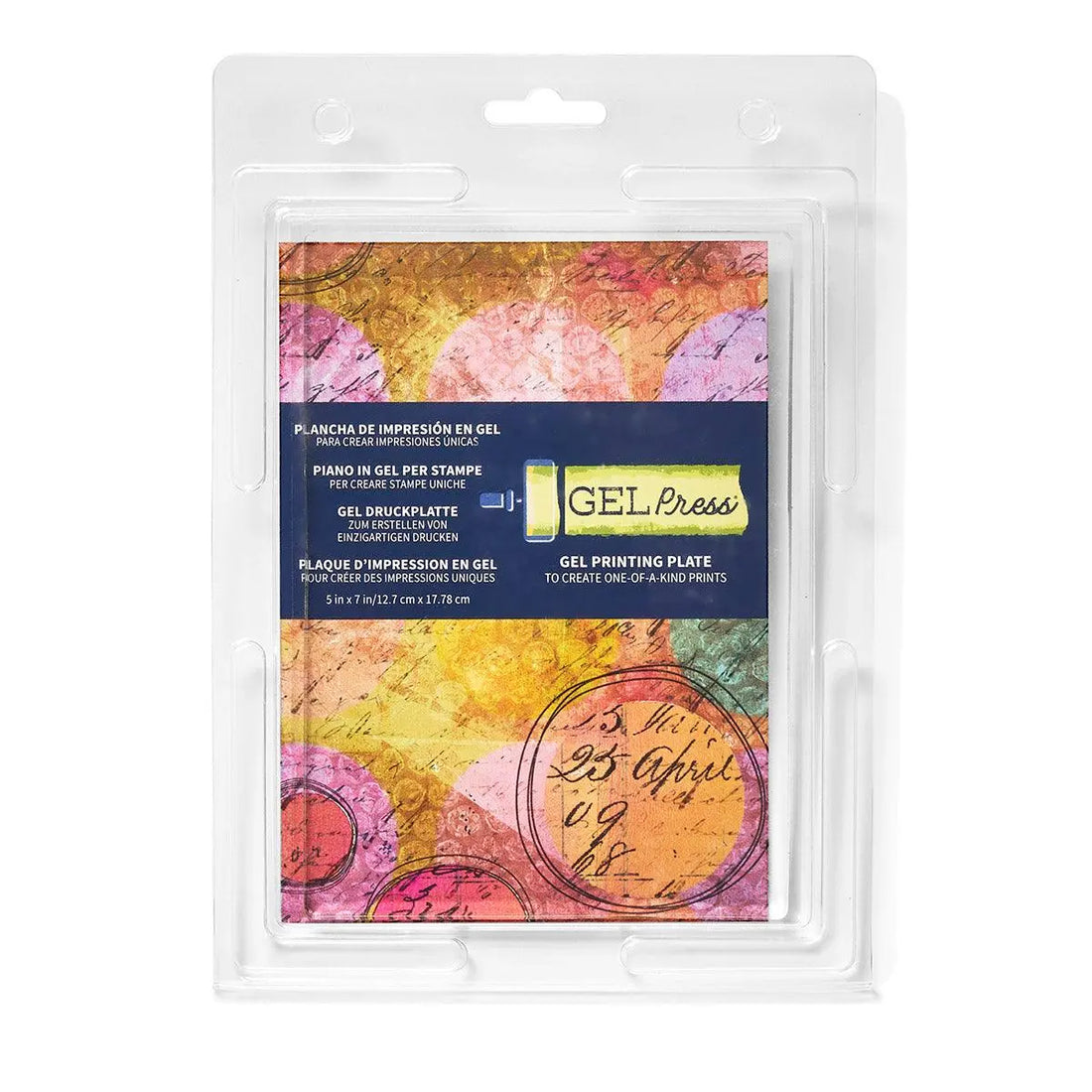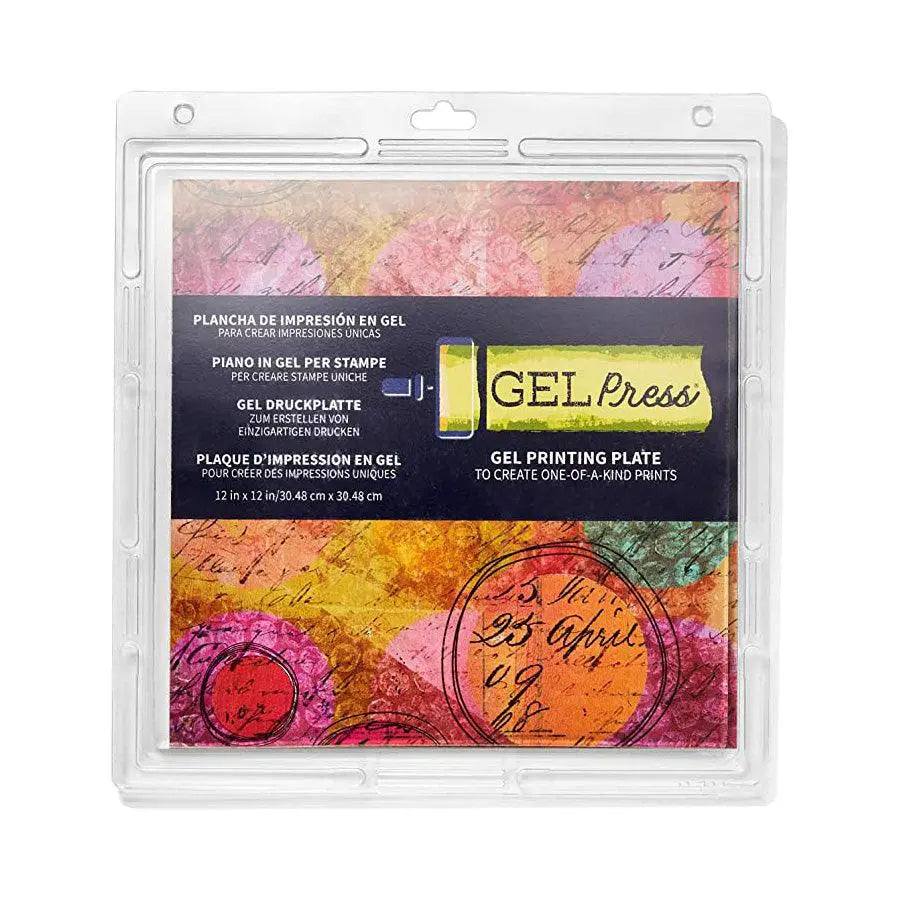Key Highlights
- Impasto is a painting technique where paint is applied thickly, creating texture and dimension.
- It originated during the Venetian Renaissance and was used by prominent artists such as Titian and Rembrandt.
- Impasto became a prominent feature in Impressionism, adding a unique texture and vibrancy to the paintings.
- Artists like van Gogh and Pollock further pushed the boundaries of impasto, creating bold and expressive artworks.
- Techniques and materials for creating impasto effects include heavy body acrylic gels, oil paint, and the use of a palette knife.
- Impasto is not limited to traditional painting mediums; it has also found its place in contemporary art and digital art.
Introduction
Impasto is a painting technique that has played a significant role in the world of art, particularly in the realm of Impressionism. It involves applying paint thickly onto the canvas, creating texture and dimension in the artwork. This technique has been used by artists throughout history, from the Venetian Renaissance to the contemporary art scene. Impasto has the ability to add a tactile quality to paintings, making them visually captivating and engaging.
In this blog, we will explore the origins and definition of impasto, its role in Impressionism, and its evolution through history. We will also delve into the techniques and materials used to create impasto effects, as well as its contemporary applications in art. Whether you are an art enthusiast or an aspiring artist, understanding the intricacies of impasto will deepen your appreciation for this unique painting technique.
Understanding Impasto in the World of Art
What is impasto?
Impasto is a technique used in painting where paint is applied thickly onto the surface. This creates a three-dimensional effect, as the brush or palette knife strokes become visible. The use of thick paint, often oil paint, allows for texture and dimension to be added to the artwork. The term "impasto" is of Italian origin and means "dough" or "mixture." It refers to the process of kneading or pasting the paint onto the canvas. Impasto is not limited to oil painting; it can also be achieved with acrylic paint by adding heavy body acrylic gels.
The Definition and Origins of Impasto Technique
The impasto technique has its roots in the Venetian Renaissance, where painters like Titian and Tintoretto used it to create intricate figurative scenes. They explored how the sensuous properties of paint could convey the play of light on soft skin and flowing drapery. The technique gained popularity during the Baroque period, with artists like Rembrandt, Frans Hals, Diego Velázquez, and Peter Paul Rubens using impasto to capture the textures of skin, fabric, and jewelry in their portraits. The impasto technique allowed them to create an illusion of depth and realism, juxtaposing it with more delicate painting styles. Impasto continued to evolve through the centuries, becoming a prominent feature in Impressionism and later in the works of abstract expressionists like Frank Auerbach and Jean Dubuffet.
Impasto's Role in Adding Texture and Dimension
One of the primary purposes of impasto is to add texture and dimension to a painting. The thick application of paint creates a physical presence on the canvas, giving the artwork a tactile quality. The brush or palette knife strokes become visible, adding a sense of movement and energy to the piece. Impasto also allows the artist to manipulate the play of light on the textured surface, creating visually captivating effects.
The texture created by impasto can range from subtle brushwork to bold, sculptural-like forms. Artists have used impasto to depict a variety of subjects, from landscapes and still lifes to portraits and abstract compositions. The technique adds depth and visual interest to the artwork, inviting the viewer to explore the surface and engage with the piece on a more tactile level.
The Evolution of Impasto Through History
Impasto has evolved throughout history, from its origins in the Venetian Renaissance to its prominent role in Impressionism and its continued experimentation in contemporary art. In the twentieth century, artists began to push the boundaries of impasto, exploring new techniques and approaches to painting. Romantic painters of the nineteenth century embraced impasto to depict the raw beauty of nature, while abstract expressionists used thick layers of paint to convey their emotions and create expressive compositions. Today, artists continue to explore impasto techniques, combining them with other mediums and approaches to create unique and captivating artworks.
From Early Uses to Its Significance in Impressionism
Impressionism, an art movement that emerged in the late nineteenth century, embraced impasto as a prominent feature in its painting style. Impressionist artists sought to capture the fleeting effects of light and atmosphere, and impasto added texture and vibrancy to their works.
Artists like Vincent van Gogh and Claude Monet used impasto to create richly textured surfaces, capturing the essence of their subjects with bold brushwork and thick application of paint. The impasto technique allowed them to convey the play of light and the tactile qualities of the scenes they depicted. Impressionist painters considered impasto an essential tool in their pursuit of capturing the fleeting impressions of the world around them.
Influential Artists and Their Contribution to Impasto
Several influential artists have made significant contributions to the development and popularization of the impasto technique. Vincent van Gogh is perhaps one of the most well-known artists associated with impasto. His thickly textured paintings, created with a palette knife, are iconic examples of the expressive power of impasto.
Other artists, such as Rembrandt van Rijn, Jackson Pollock, and Willem de Kooning, have also explored and pushed the boundaries of impasto in their works. Each artist brought their unique style and approach to the technique, further expanding its possibilities and impact in the art world. Their contributions have influenced generations of artists and have solidified impasto as a vital element in the realm of painting.
Impressionism: A Revolutionary Movement
Impressionism was a revolutionary art movement that emerged in the late nineteenth century. It sought to capture the fleeting effects of light, atmosphere, and everyday life in a more spontaneous and immediate way. Impressionist artists used loose brushwork, vibrant colors, and the impasto technique to create their distinctive style.
The use of impasto added texture and dimension to their paintings, enhancing the play of light and creating a sense of movement. The technique allowed them to capture the essence and fleeting impressions of their subjects, resulting in artworks that were vibrant, atmospheric, and filled with life.
Characteristics of Impressionist Art
Impressionist art is characterized by its emphasis on capturing the effects of light and atmosphere, vibrant colors, and loose brushwork. Artists sought to convey their subjective impressions of a scene rather than depicting it with meticulous detail. Impressionists used impasto to add texture and dimension to their paintings, creating a sense of movement and immediacy.
The use of vibrant colors and broken brushwork allowed the artists to capture the changing qualities of light and atmosphere. The result was artworks that were vibrant, atmospheric, and filled with energy. Impressionist art had a significant impact on the art world, challenging traditional notions of painting and paving the way for new artistic movements.
How Impasto Became a Staple in Impressionism
Impasto became a staple in Impressionism due to its ability to add texture, dimension, and vibrancy to the paintings. The loose brushwork and broken color palette used by Impressionist artists lent themselves well to the impasto technique. By applying thick layers of paint onto the canvas, they were able to capture the play of light and atmosphere in a more tactile and dynamic way. Impasto also allowed the artists to emphasize the physicality of the paint itself, highlighting the materiality of the artwork. The use of impasto in Impressionism revolutionized the art world, challenging traditional painting techniques and opening new possibilities for artistic expression.
Techniques and Materials for Creating Impasto Effects
Creating impasto effects requires specific techniques and materials. Heavy body acrylic gels can be mixed with acrylic paint to achieve a thick consistency suitable for impasto painting. Oil paint, with its naturally thick consistency and slow drying time, is also a popular medium for impasto. Artists often use a palette knife to apply the paint, allowing for greater control and the creation of textured surfaces. Brushes with stiff bristles can also be used to create impasto effects. The choice of paint and tools depends on the desired effect and the artist's personal preference.
Choosing the Right Paints for Impasto
When choosing paints for impasto, artists often opt for oil paint or acrylic paint with a heavy body. Oil paint has a naturally thick consistency and slow drying time, making it ideal for building up layers and creating texture. Acrylic paint can also be used for impasto by adding heavy body acrylic gels, which increase the thickness and viscosity of the paint. These gels allow the acrylic paint to hold its shape and retain texture when applied with a palette knife or brush. The choice between oil paint and acrylic paint depends on the artist's preference and the desired effects in the artwork.
Tools and Brushes: Making Your Mark with Impasto
The choice of tools and brushes plays a crucial role in achieving desired impasto effects. Here are some essential tools and brushes used for impasto painting:
- Palette knife: A palette knife is a versatile tool that allows artists to apply paint in thick, textured strokes. It can be used to sculpt and shape the paint on the canvas, creating various impasto effects.
- Stiff bristle brushes: Brushes with stiff bristles are ideal for creating impasto effects. They allow artists to apply paint with greater control and build up layers of texture.
- Fan brush: A fan brush can be used to create soft, feathery textures in impasto paintings. It is particularly effective for depicting foliage or creating subtle details.
- Spatula: A spatula can be used to scrape or remove excess paint, creating interesting textures and effects.
- Textured surfaces: Artists can also experiment with textured surfaces, such as textured canvases or the use of textured mediums, to enhance the impasto effects in their artwork.
Monoprinting as an Impressionist Art Form
Monoprinting is a printmaking technique that can be used to create unique textures and effects reminiscent of Impressionist art. It involves applying paint or ink to a plate and transferring the image onto paper or another surface. By using impasto techniques in monoprinting, artists can achieve rich, textured surfaces that mimic the brushwork and depth of Impressionist paintings. Monoprinting allows for experimentation and spontaneity, capturing the essence of Impressionism in a different medium.
Introduction to Monoprinting Techniques
Monoprinting is a versatile printmaking technique that allows artists to create one-of-a-kind prints with unique textures and effects. The process involves applying paint or ink to a plate, such as gel, glass or metal, and transferring the image onto paper or another surface. Artists can use various techniques to create impasto-like textures in their monoprints, including:
- Applying thick layers of paint or ink onto the plate with a palette knife or brush.
- Using textured materials, such as fabric or leaves, to create interesting patterns and textures.
- Experimenting with different tools and mark-making techniques to create depth and dimension.
Monoprinting offers artists the freedom to explore and experiment, resulting in prints that capture the spontaneity and vibrancy of Impressionist art.
Integrating Impasto and Monoprinting for Unique Textures
By integrating impasto techniques with monoprinting, artists can create unique textures and effects in their artwork. The impasto technique allows for the application of thick layers of paint, adding texture and dimension to the monoprint. Artists can use a palette knife or brush to apply the paint onto the plate, creating raised surfaces and visible brushstrokes. When transferred onto paper or another surface, the impasto texture becomes an integral part of the print, adding depth and visual interest. The combination of impasto and monoprinting offers artists a versatile and expressive medium to explore and experiment with texture, resulting in prints that evoke the spirit of Impressionism.
Mastering the Impasto Technique
Mastering the impasto technique requires practice, experimentation, and an understanding of the materials and tools involved. Here are some key points to keep in mind when working with impasto:
- Begin with a firm, stable support, such as a stretched canvas or wooden panel.
- Choose the right paints for impasto, such as oil paint or acrylic paint with a heavy body.
- Use tools like a palette knife or stiff bristle brushes to apply the paint in thick, textured strokes.
- Experiment with different techniques and mark-making tools to create the desired impasto effects.
- Allow ample drying time between layers to avoid cracking and ensure the stability of the artwork.
With persistence and creativity, artists can develop their own unique approach to the impasto technique, creating artworks that are rich in texture and visual impact.
Step-by-Step Guide to Applying Impasto in Your Artwork
Applying impasto in your artwork involves several steps to achieve the desired texture and dimension. Here is a step-by-step guide to applying impasto:
- Prepare your canvas or support: Ensure that your canvas or support is firm and stable, allowing for the application of thick layers of paint.
- Choose your paint: Select oil paint or acrylic paint with a heavy body for impasto effects. Mix the paint with a medium or gel to achieve the desired consistency.
- Select your tools: Use a palette knife or stiff bristle brushes to apply the paint. Experiment with different tools to create various textures and effects.
- Apply the paint: Apply the paint in thick, textured strokes, building up layers of impasto. Use the palette knife or brush to sculpt and shape the paint on the canvas.
- Allow drying time: Impasto paint layers take longer to dry due to their thickness. Allow ample drying time between layers to avoid cracking and ensure the stability of the artwork.
By following these steps and experimenting with different techniques, artists can achieve unique impasto effects in their artwork.
Tips and Tricks for Perfecting Your Impasto Skills
Perfecting your impasto skills requires practice, experimentation, and attention to detail. Here are some tips and tricks to help you improve your impasto techniques:
- Start with small studies: Begin by creating small-scale studies to experiment with different techniques and effects before working on larger, more complex artworks.
- Vary your application: Try applying the paint with different tools, such as a palette knife, brush, or even your fingers, to create a range of textures and marks.
- Experiment with mediums and additives: Explore different mediums and additives, such as impasto gels or modeling paste, to achieve specific impasto effects.
- Layer strategically: Plan your layers carefully, allowing each layer to dry before applying the next. This will help prevent cracking and ensure the stability of your artwork.
- Embrace the unpredictability: Impasto painting can be unpredictable, but that's part of its charm. Embrace the happy accidents and unexpected outcomes that arise from the process.
With time and practice, you will develop your own unique impasto style and gain confidence in your ability to create textured and visually captivating artworks.
Contemporary Impasto: Pushing the Boundaries
Contemporary artists continue to push the boundaries of impasto, exploring new techniques and approaches to this versatile painting technique. Abstract expressionists, such as Jackson Pollock and Willem de Kooning, embraced impasto surfaces to convey the physical movement of their bodies and create expressive compositions. Artists like Frank Auerbach and Jean Dubuffet pushed the limits of impasto, creating paintings that were almost three-dimensional due to the heavy layers of paint. In addition to traditional painting mediums, impasto has also found its place in digital art, where artists use digital tools and techniques to achieve the impasto effect in their creations.
Modern Artists and Impasto Innovations
Several modern artists have made significant contributions to the exploration and innovation of impasto techniques. Jackson Pollock, known for his drip painting style, used impasto surfaces to create dynamic and textured compositions. Willem de Kooning also embraced impasto, applying thick layers of paint with expressive brushwork.
Contemporary artists like Anselm Kiefer and Georg Baselitz have continued to experiment with impasto, utilizing the technique to convey emotion and conceptual ideas. These artists have pushed the boundaries of impasto, creating artworks that challenge traditional notions of painting and explore the possibilities of texture and materiality.
Impasto in Digital Art: A New Frontier
Impasto has also found its place in the world of digital art, opening up new possibilities for creating textured and expressive digital paintings. Digital artists can now emulate the impasto effect using various digital tools and techniques. They can apply virtual "brushstrokes" with different textures and thickness, creating a three-dimensional appearance on the digital canvas. The impasto effect in digital art adds depth and richness to the artwork, enhancing the visual experience for the viewer. This innovation has expanded the realm of impasto, allowing artists to explore new frontiers and create artworks that bridge the gap between traditional and digital mediums.
Conclusion
Impasto, a technique celebrated in the world of art, enriches paintings with texture and depth. Originating from historical roots, it gained prominence in Impressionism, revolutionizing artistic expression. Through the right materials and tools, artists can master the application of impasto for unique creations. This technique continues to evolve, pushing boundaries in contemporary and digital art forms. Exploring impasto unveils a realm of creativity and dimension, offering artists a platform to innovate and captivate audiences with their textured masterpieces.
Frequently Asked Questions
Can You Use Impasto Techniques with Acrylics?
Yes, impasto techniques can be used with acrylics. By using heavy body acrylic gels, artists can achieve a thick consistency similar to oil paint, allowing for impasto effects. Acrylic paint with heavy body gels retains texture and dimension when applied with a palette knife or brush.
How Do You Prevent Cracking When Working with Thick Paint Layers?
To prevent cracking when working with thick paint layers, it is important to allow ample drying time between layers. The slow drying time of oil paint can help prevent cracking. For acrylics, using a slow-drying medium or gel can also help prevent cracking in thick paint layers.






